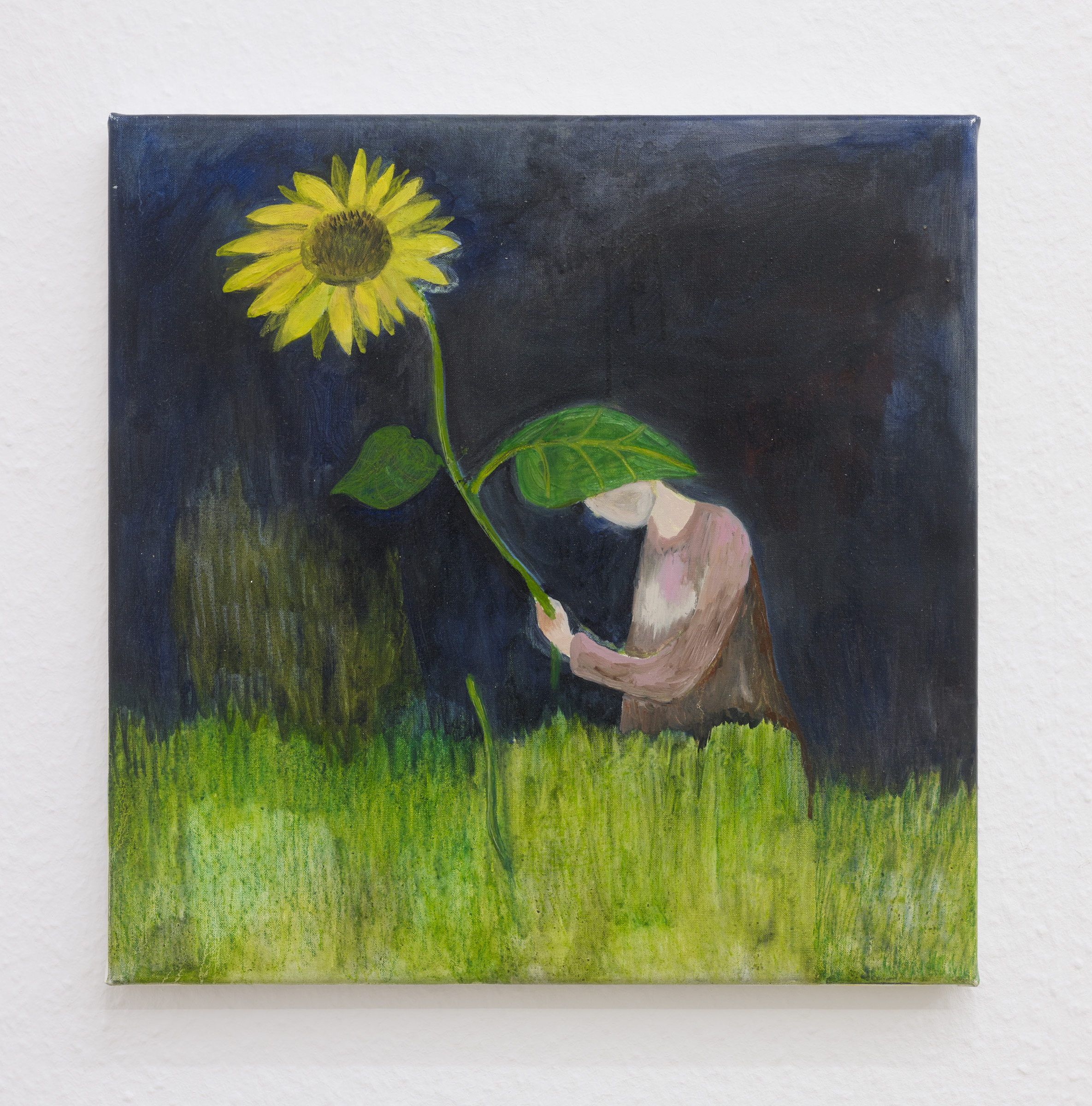
War is something you can seldom prepare for. More than a year after Russia began a wide-scale invasion of Ukraine, many of the besieged country’s best and brightest artists have found themselves abroad, caught in a painful predicament: the decision to stay or go does not come easily.
Since the start of the escalation, more than 3 million Ukrainians have become refugees, and most of them—approximately 1.6 million—have relocated to Poland. Daniil Revkovskiy and Andriy Rachinskiy, an artist duo from Kharkiv, are among that diaspora.
Both left Ukraine on February 24, 2022, the day Russia sent tanks over the border from Belarus and Russia into the country, leaving with only what they could carry. They relocated to Lublin, Poland where they were given an art residency at the invitation of curator Waldemar Tatarchuk from Galeria Labirynt. They remain there to this day, waiting to return home.
“It’s so difficult to work in Ukraine right now because of the frequent shelling, air raids, and the constant blackouts,” the duo told Artnet News via email. “Residencies such as this are an opportunity to be in a safe place and continue to work,” they said.
Andriy Rachinskiy and Daniil Revkovskiy, photo by Iryna Rachinska
Similarly, the emerging artist Masha Silchenko, originally from Odesa, was housed within a network of supportive galleries and residencies throughout Europe since the war started. At the onset of the war, Silchenko was doing an exchange program and residency at Asa studios, linked to the Art Academy in Hamburg. She had been planning to return home to Ukraine. Suddenly, Silchenko found herself precariously housed.
Like Revkovskiy and Rachinskiy, Silchenko took up various art residencies throughout the year, mainly in Germany, but also in Japan; she used them to develop her art practice. She noted that the war has made art-making difficult—she turned to activism against the invasion, sometimes with subtle gestures, like egging a car with Russian flags. “I mostly struggled with creating works this year, but I had these projects so I was happy they were occupying me,” she said. She volunteered at workshops for Ukrainian children in the studios of Achterhaus, which were supported by the German institution.
With the war raging on, Ukraine’s creatives and cultural workers are finding it more difficult to continue their work and pursue their passions. In such times, many are left feeling helpless and unsure of what the future holds.
Res Artis, an international network of artist residencies, has responded to the war by compiling a comprehensive list of emergency artist residency opportunities for those affected by the conflict, providing a glimmer of hope for those who may have thought all was lost. In Austria, for example, Office Ukraine has become a central point in the prestigious Museums Quarter in Vienna; most major cities in Europe have a liaison office where Ukrainian artists can seek support.
Ukraine Victory Sigil. Courtesy Alice Scope
The contemporary art exhibition circuit has also been alive with Ukrainian artists. Currently, there are 15 Ukrainian artists living in a former brothel in Berlin, creating the first-ever Ukrainian Art hub in the German capital. In Dresden’s Albertinum, contemporary Ukrainian artists will be included in an exhibition (opening May 5) that tackles the history of Ukrainian art; exhibition themes include “Practices of Resistance” and “Thoughts on the Future.”
Still, the war affects those who once called Kyiv, the once-thriving Ukrainian capital, home.
Alice Iakubovych, a digital art curator and cultural producer mainly known by her digital alias Alice Scope, was born in Russia, but grew up most of her life in Kyiv. In 2019, she relocated to L.A., though continued to travel back and forth between the cities, keeping an apartment in both places. She told Artnet News that she decided to initially leave Ukraine to pursue a career in America because of what she saw as a rapidly deteriorating situation at home, largely in response to the Russian invasion in 2014.
Most of her friends are still in Kyiv, however, and she told Artnet News that it was painful to witness the escalation from afar. “For many of my art friends, it’s really complicated to make art when Russia is dropping bombs unpredictably—particularly those who stayed in Kyiv,” said Scope. She estimated that the majority of the art community she knew stayed behind, but turned to fundraising for the war or non-profit work. Scope also turned to fundraising as a means of drawing attention to the war, but added that she along with some of her colleagues can face activism fatigue.
Andriy Rachinskiy and Daniil Revkovskiy, Tailings dam. Engineer. (2021)
The ability to deal with the trauma of the war has predictably also materialized into artworks. Soon after the war began, Scope organized a show in L.A. called “Hotel-Blue” that included a public fundraiser to support Ukraine. “It’s difficult to make every show either a platform or fundraiser for the war, but as someone deeply impacted by it, I do what I can,” she said.
Recently, Scope befriended a pair of Ukrainian artists and filmmakers who fled intense fighting in the Kherson region last February. The duo, Roman Khimei and Yarema Malashchuk, work at the intersection of visual art and documentary cinema. In 2020, they were awarded the prestigious PinkchukArtCentre Prize and since then their work has been seen in exhibitions from the Haus der Kunst in Munich to the Castello di Rivoli in Turin.
“It is important for Ukrainian artists to travel so we can share what is actually happening in Ukraine and what other people can learn from our experience of being Ukrainian,” the duo told Artnet News from L.A., where they will stay until March.
“Contemporary culture in Ukraine now has a chance to speak,” the duo said.
More Trending Stories:
Which A-List Art Power Couple Was Behind That Absurd, Now-Viral Ad for an Assistant? We Found Out